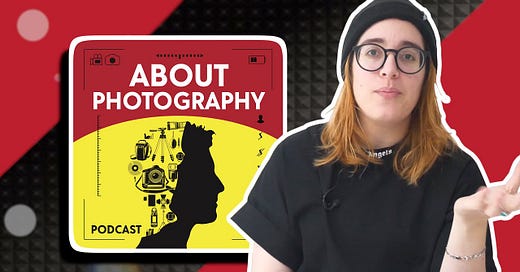There was a time, early in the spiral of discovery, when I searched not for the photograph itself but for the code behind it. The why of it. The rhythm behind the frame. The downbeat. I would pass entire afternoons inside David Mirvish’s bookstore in the old Mirvish Village, drifting through the silence like a monk among manuscripts. Below us, the city clattered on in all its noise and argument, but on the third-floor next door—where Jazz Report Magazine held court above a stained-glass maker and textile artisan and fabricator—I was a student again—a student of the eye.
There, Mirvish books amid the dusty volumes and discounted treasures, I met the accidental photographers—actors with Leica lungs and Rolleiflex reflexes. Yul Brynner, Roddy McDowall, Dennis Hopper. The names were familiar, but the work was surprising. Honest. Stripped of performance. These men turned the lens back on the world with reverence, not ego. Who understood the shutter as a confessional. They reminded me that the camera isn’t just a tool—it’s a ticket to empathy.
But it wasn’t until I fell into Photography Speaks—the Aperture series curated by Brooks Johnson—that I found communion. Here were the real practitioners—the saints and prophets of light. Photographers speaking plainly, elegantly, often painfully, about their craft. No bluster, no jargon. Just truth from the field. Each page is a quiet sermon on patience, on failure, on what it means to see. Volume one was a ghost—always gone before I arrived—but volume two became my scripture. I read it like a hungry man.
And then came Tatiana Hopper.
If Photography Speaks was the sacred text, Hopper was the voice reading it aloud in the cathedral. Her YouTube channel—less a channel than a chapel—offered not a trend or tech but a testimony. Hopper doesn’t pander to the algorithm. She doesn’t chase clicks. She teaches. And she teaches like someone who’s walked the hard road of solitude and subtlety. She speaks like a principled instructor in a room full of young hopefuls with worn cameras and big questions.
She brought me to Saul Leiter’s fogged windows and Ernst Haas Kodachrome designs. She held the frame open long enough for meaning to enter. She teaches us to look at a photograph not as a product but as a pilgrimage. Not to shoot for applause but to shoot because you must—because the moment demands it—because the light will not wait.
I carry Hopper's voice when I lift the viewfinder to my eye—be it my well-traveled Lumix G9 or the Fuji XT30 that whispers like a Prokofiev motif. Not loud, not insistent. Just present. A guide. A gentle reminder that each frame is a choice, a confession, a question to the universe: Did I see this right? Did I feel it? Did I honour the moment?
Hopper, an artist of multiple tongues—photography, writing, film—lives between Ireland's sea-soaked fields and the United Kingdom's rain-polished streets. Her practice is minimal, meditative, and steeped in existential inquiry. Her travel diary Changing Light—part memoir, part visual essay—reads like a dream scored in natural light. Her pieces on Exposure unfurl like short films, blending image and insight until the line between seeing and knowing disappears altogether.
She does not chase legacy. She embodies it.
Where others chase the viral, she chases the eternal. Her discussions—on podcasts, in interviews, in the voiceovers of her miniature films—don’t ask you to buy gear or mimic trends. They ask you to think. To feel. Remember that photography is not a competition but an invitation to see what’s truly there. In the street. In the mirror. In the quiet spaces between.
I return to her often. Not just for knowledge but for permission. To slow down. To look again. To trust the frame. I believe that maybe, just maybe, the following photograph will be the one that finally says what I have been trying to say all along.






She’s wonderful
Perfect timing for me to read this post of yours. I just asked people this:
https://substack.com/@speakeasy/note/c-108800683?utm_source=notes-share-action&r=b7z2u